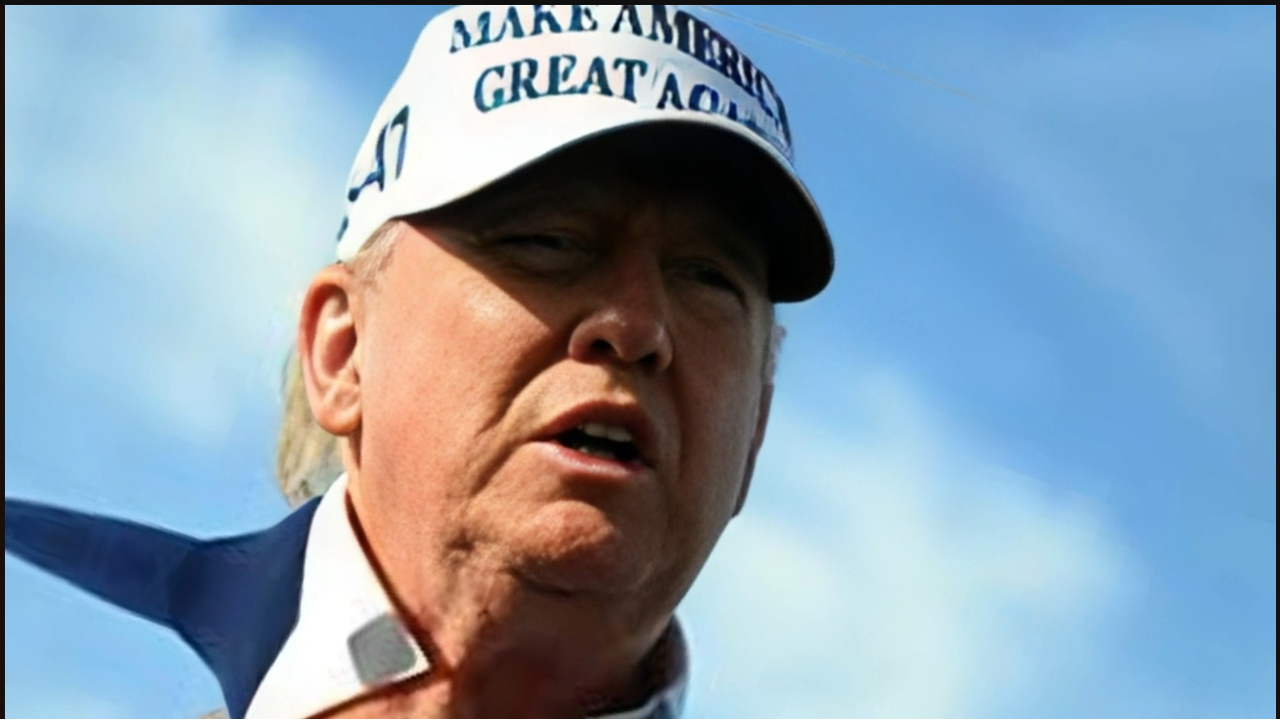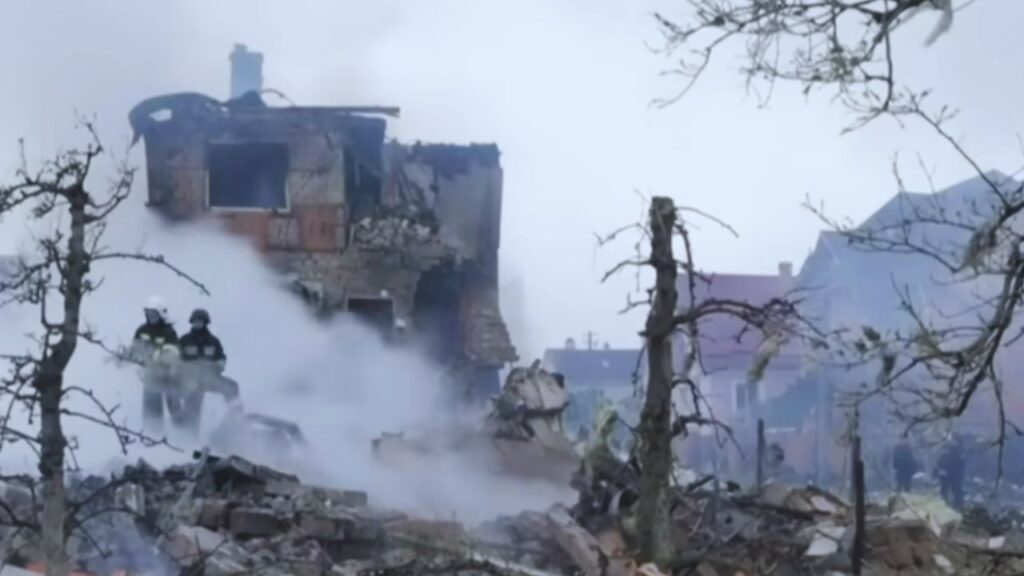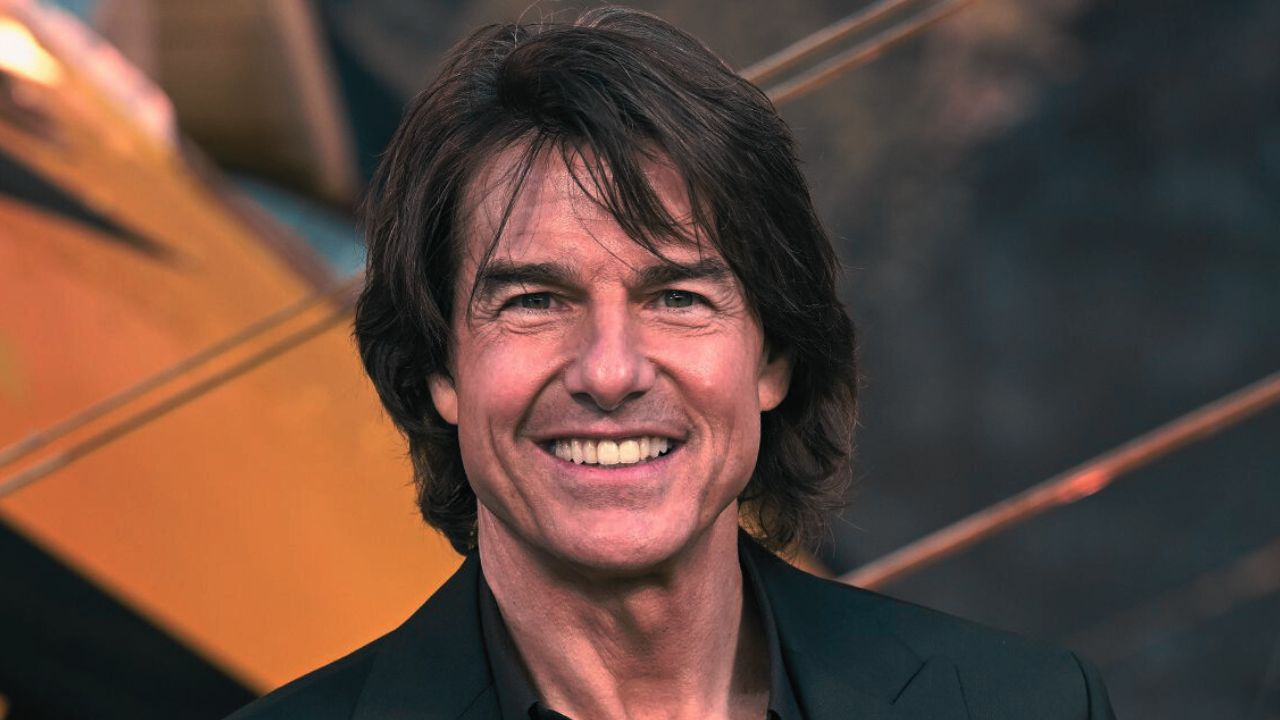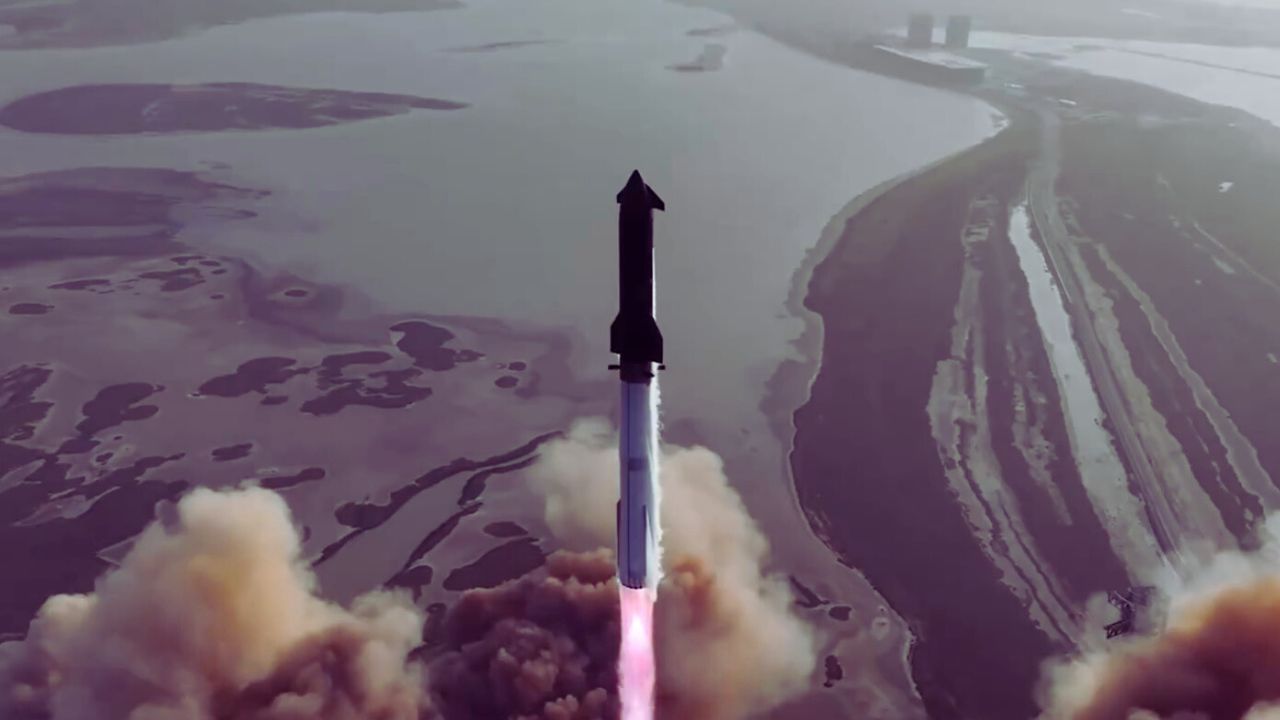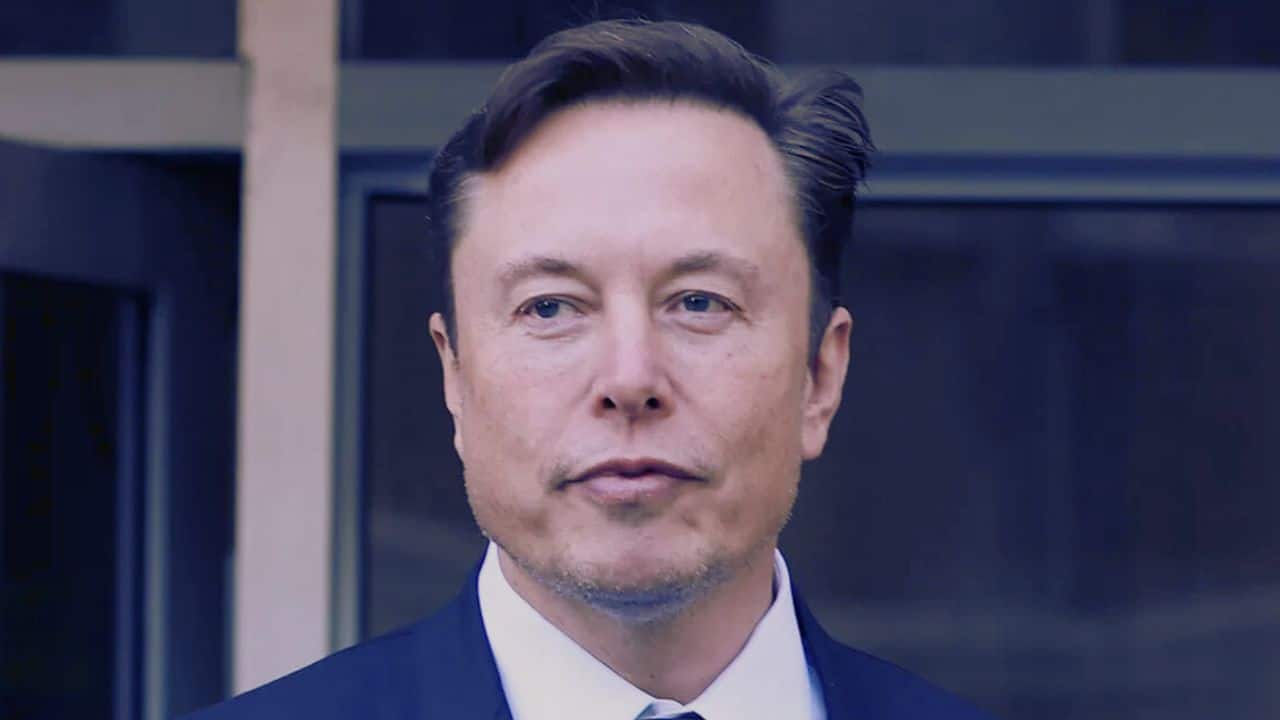In an unusually strong public statement, U.S. President Donald Trump condemned Russian President Vladimir Putin on Sunday night, calling him “absolutely crazy” following what is now confirmed as Russia’s largest aerial attack on Ukraine since the full-scale invasion began in 2022.
The barrage of missiles and drones killed at least 12 people, left dozens wounded, and reignited tensions between Washington and Moscow — while also straining Trump’s relationship with Ukrainian President Volodymyr Zelenskyy.
Russia Launches Record-Breaking Aerial Assault on Ukraine
On the night of May 25, Russia carried out a devastating, coordinated air assault on multiple Ukrainian cities, deploying 367 weapons in total — including ballistic missiles, cruise missiles, and Iranian-made Shahed drones, according to Ukrainian military and intelligence officials. It was the highest number of projectiles used in a single night since the war escalated more than two years ago.
The overnight strike was so extensive that air raid sirens wailed across Ukraine, from Kyiv and Kharkiv in the north to Odesa and Zaporizhzhia in the south. Ukrainian President Zelenskyy reported that the barrage caused severe damage to infrastructure, residential buildings, and energy facilities.
Casualties Across Ukraine
- Kyiv: The capital endured multiple explosions; authorities confirmed that several missiles were intercepted, but fragments caused damage to civilian areas.
- Kharkiv: Three people were injured, including a child, after missile debris struck residential zones, according to Mayor Ihor Terekhov.
- Zaporizhzhia: Two civilians were wounded in missile strikes that hit residential areas, regional head Ivan Fedorov confirmed.
- Odesa: Reports from local emergency services highlighted that air defenses were overwhelmed in parts of the region, though no immediate casualties were reported.
Ukraine’s Air Force said it successfully intercepted over 300 projectiles, but dozens still reached their targets.
Trump: “Putin Has Gone Absolutely Crazy”
Speaking from New Jersey late Sunday, President Trump didn’t hold back when asked about Russia’s brutal escalation. “What the hell happened to him?” Trump said of Putin. “He’s killing a lot of people.” The statement marked a significant tonal shift from Trump’s historically softer posture toward the Russian leader.
Trump later posted on Truth Social, his proprietary social media platform, that “Putin has gone absolutely CRAZY,” adding:
“I’ve always said he wants all of Ukraine, not just a piece of it. If he does, it will lead to the downfall of Russia!”
Although Trump previously described Putin as someone he “always got along with,” Sunday’s events appear to have fractured any remaining diplomatic goodwill between the two leaders.
Criticism Toward Zelenskyy Adds New Friction
While condemning Putin, Trump also took aim at Ukrainian President Volodymyr Zelenskyy, accusing him of inflammatory rhetoric.
“Everything out of his mouth causes problems,” Trump wrote. “I don’t like it, and it better stop.”
This comes after Zelenskyy criticized U.S. silence in the face of increasing Russian aggression, saying it only encouraged Putin to act more violently. The Ukrainian leader also called for stronger pressure from Washington, including tougher economic sanctions and more military support.
Tensions between the two presidents date back to early 2025, when a meeting between Trump and Zelenskyy at the White House over a rare mineral export agreement ended abruptly. No deal was signed, and U.S. military aid was briefly suspended, causing concern among Kyiv’s allies in NATO and the European Union.
Sanctions and U.S. Policy Response
When asked whether he was planning to impose new sanctions on Russia in response to the deadly strikes, Trump said:
“Absolutely. I don’t like what’s happening at all.”
Although Trump has issued similar warnings in the past, the United States has yet to implement new restrictions on Russian energy exports or banking institutions this year. Analysts suggest Trump’s strong rhetoric may signal a shift in policy if Moscow continues with such large-scale attacks.
The U.S. Treasury and State Department have both confirmed that new economic sanctions are under review, potentially in coordination with allies like the UK, Germany, and France.
Ceasefire Talks and a Shaky Diplomatic Path
Despite Sunday’s dramatic escalation, diplomatic efforts between the U.S., Russia, and Ukraine are still technically ongoing. Just last week, Trump and Putin held a two-hour phone call, during which they discussed a proposed U.S.-brokered ceasefire deal.
Following the call, Trump expressed optimism, stating:
“The call went very well. I believe both sides want this to end. Negotiations will start immediately.”
Kyiv later agreed to a 30-day ceasefire, hoping it would provide relief to civilians and open up further peace talks. However, the Kremlin did not reciprocate with a concrete acceptance. Instead, Putin’s office stated that Moscow is “willing to consider a memorandum on a possible future peace”, a vague promise that Ukrainian and European officials view as an attempt to stall while consolidating territorial gains.
Ukraine-Russia Talks in Istanbul Yield Limited Progress
The first formal peace talks between Russia and Ukraine since 2022 were held on May 16 in Istanbul, mediated by Turkish diplomats. However, negotiators failed to reach any breakthrough. The only substantial development has been a major prisoner exchange, with over 1,000 detainees swapped in what was hailed as a rare diplomatic success amid the otherwise grim circumstances.
At present, Russia continues to occupy approximately 20% of Ukrainian territory, including:
- Crimea (annexed in 2014),
- Much of the Donbas region,
- Strategic portions of the southern and eastern front.
International Condemnation and Looming EU Sanctions
European nations have strongly condemned Russia’s latest attack. The European Union is reportedly drafting a new sanctions package, which may include:
- A full ban on Russian diamonds,
- Export controls on high-tech components,
- Travel restrictions for Russian officials involved in the war.
NATO Secretary General Jens Stoltenberg described the attack as “a blatant assault on civilian infrastructure”, calling for “immediate consequences” for Moscow’s defiance of international law.
UN Secretary-General António Guterres also issued a statement, warning of a “rapid deterioration in Eastern Europe’s security environment” and urging all parties to “step back from the brink.”
War Rages, While Peace Remains Elusive
The deadly airstrikes in Ukraine — the largest in terms of volume since 2022 — have once again demonstrated the fragile nature of the ongoing conflict. President Trump’s forceful condemnation of Putin marks a turning point in his public stance, but his criticism of Zelenskyy may also complicate U.S.-Ukraine relations.
While diplomatic discussions are underway, real progress on a ceasefire or lasting peace remains slow and uncertain. Civilians in Ukraine continue to bear the brunt of the violence, as world leaders debate how to balance pressure with negotiation in a war that shows no sign of ending soon.
The Information is Collected from BBC and CNN.


